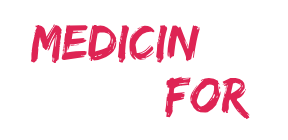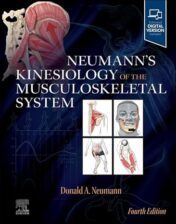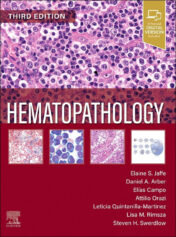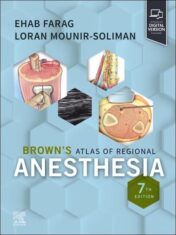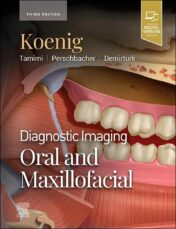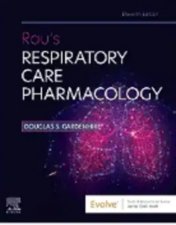Knowing there is a tried-and-true method to master respiratory pharmacology can help you breathe a little easier. Rau’s Respiratory Care Pharmacology has dominated the field for more than three decades. It makes learning pharmacological content easier than ever before with understandable language, engaging explanations, and reader-friendly writing. The three logical sections of Rau’s include the fundamentals of respiratory treatment, commonly used pharmaceuticals, and critical care medications. Recent FDA-approved medications, details on drug approvals, coverage of COVID-19, and new and updated Clinical Connection boxes that concentrate on crucial clinical questions are all included in the 11th edition. These boxes help you make the connection between the information in the text and the clinical setting and address how respiratory therapists can assist patients with patient education.
You can evaluate your understanding of the subject matter with the use of clinical situations and subsequent SOAP assessments.
Self-assessment questions provide you the chance to reflect on your understanding of important ideas.
To assist you in identifying critical material that goes beyond memorization and recall, learning objectives are aligned with the levels examined by the NBRC® tests.
Simple access to the pharmaceutical vocabulary you should learn is made possible by key terms with definitions.
Each chapter’s key points boxes emphasize key ideas from the course.
You can better grasp the jargon used in the text and related to respiratory care pharmacology by consulting the glossary of all essential terms.
References to essential knowledge, such as abbreviations, conversion tables for temperatures, liquid metric and solids, and a straightforward drug compatibility chart for drug combinations, are provided in the appendices on common units and systems of measurement and acceptable mixtures.
A direct index to hunt up information based on a drug name is the alphabetical drug index.
NEW and REVAMPED Clinical Connection boxes help you make the connection between textual information and the clinical situation. They also help patients comprehend how their clinical issues relate to the medications they are taking.
UPDATED! In Chapter 1, modifications to drug approval are reflected.
UPDATED! The concerns with aerosol-generating devices and COVID-19 are discussed in Chapter 3, which reflects changes in aerosol medication delivery systems.
UPDATED! All chapters include references to the most recent drugs with FDA approval.
UPDATED! COVID-19 treatment regimens are included in the most recent asthma (GINA) and COPD (GOLD) guidelines.
Improved readability makes it easier to understand challenging content.
